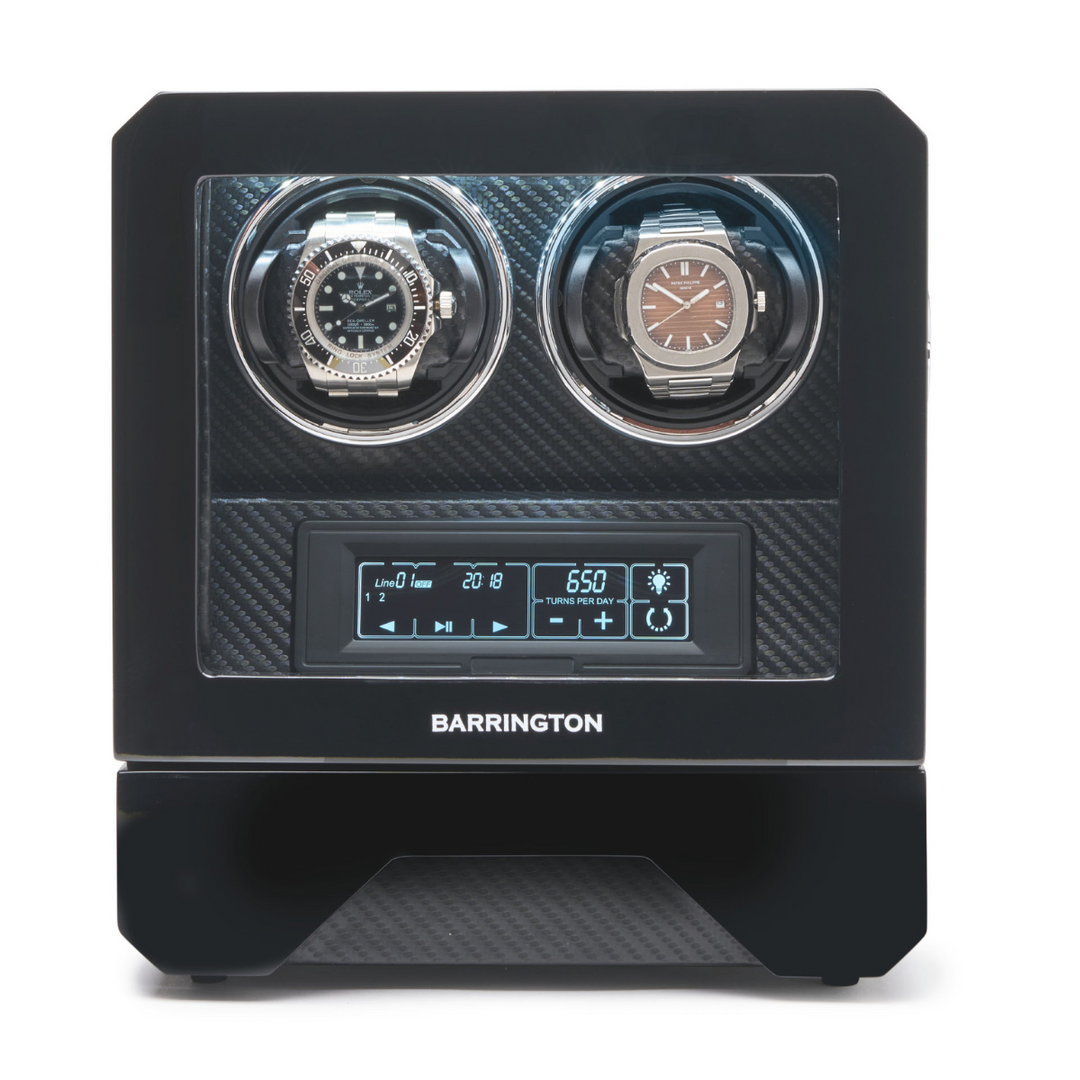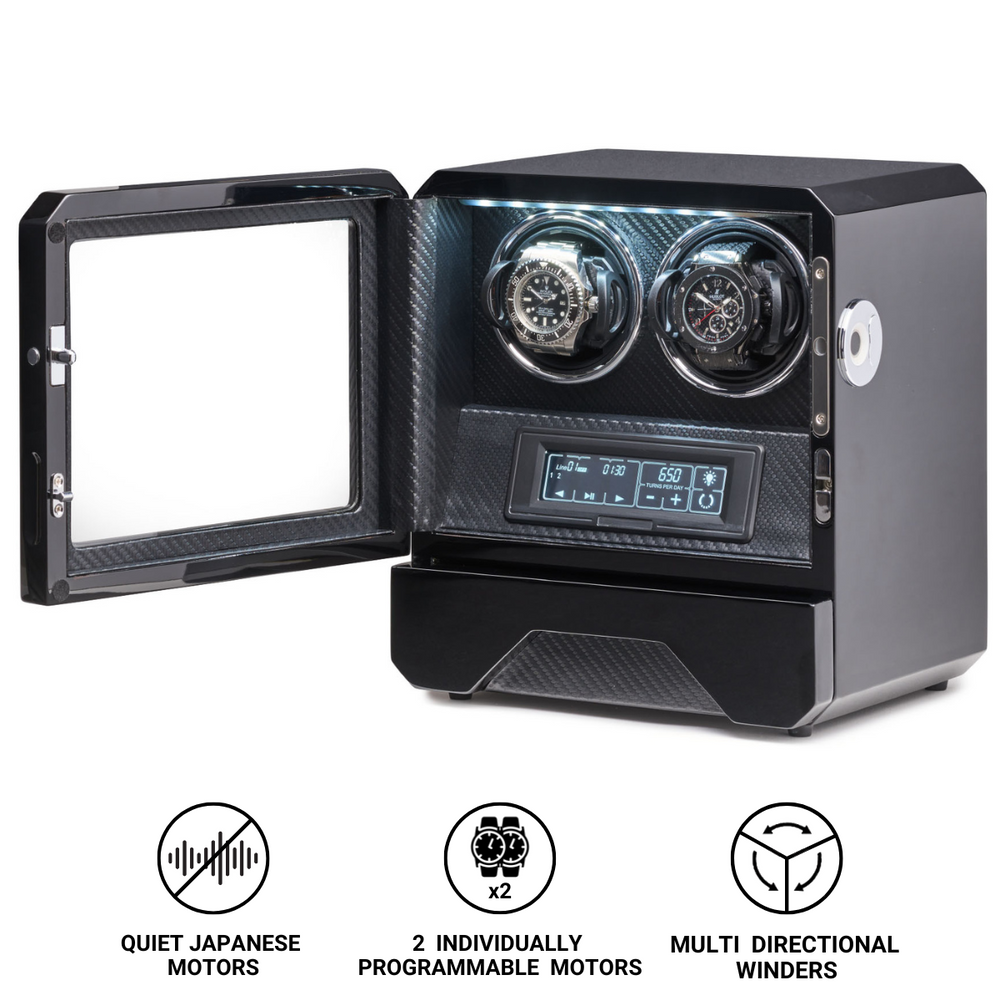How to Tell If Your Watch Movement Is Actually Any Good
More Than Just the Name on the Dial
When buying a mechanical watch, many people focus on the brand, the design or the materials. But the real heart of any watch is its movement, the mechanism inside that keeps time. It is what separates a reliable timepiece from a disappointing one. So how do you know if the movement inside your watch is actually any good?
First, it helps to understand what kind of movement you are dealing with. Not all automatic movements are created equal. Some are in-house, made by the watch brand itself. Others are bought from established movement makers and then modified. Neither approach is automatically better; it depends on how well it is executed.
One good sign is when a watchmaker clearly states what movement is inside. If a brand is vague or avoids mentioning the calibre, that is often a red flag. Transparency matters. Movements like the Sellita SW200, Soprod M100 or La Joux-Perret G100 have earned solid reputations for accuracy and reliability. If your watch uses one of these, you are in good hands.
Accuracy is another useful clue. Most well-made mechanical movements aim for something between -10 and +20 seconds per day. Chronometer-certified movements, such as those approved by COSC, are more precise, usually within -4 to +6 seconds. Not every good movement needs to be COSC-certified, but knowing the typical range can help you judge performance.
Finishing, Testing and Longevity
Another way to tell quality is to look at the finishing. You do not need to be a watchmaker to spot the difference between a rough, industrial finish and one that shows care. A decorated rotor, visible jewels or perlage on the bridges all suggest time and attention were given to the movement. These touches are not just cosmetic; they reflect a certain level of quality control.
Power reserve also plays a part. The standard used to be around 38 to 42 hours, but many modern movements now reach 60 hours or more. Movements with longer reserves do not always mean higher quality, but they are more practical, especially if you rotate watches during the week.
It also helps to consider how long the movement has been on the market. Proven designs like the Miyota 9015 or STP1-11 have been used across hundreds of models with few issues. Newer movements can be exciting, but they sometimes suffer from early production problems. Longevity, both in terms of design history and serviceability, is often a better indicator than novelty.
Finally, a good movement should be serviceable. Can a watchmaker open it and find parts easily? Movements that are sealed, glued or made from non-standard parts can be difficult to repair and often end up being replaced entirely. That is fine for entry-level fashion watches, but not ideal for something you plan to keep.
So, is your movement any good? If it keeps time reliably, has solid construction, shows care in finishing, and can be serviced without fuss, then yes, it probably is. And while the brand on the dial may turn heads, it is the movement inside that will quietly earn your respect over time; it is the part you do not see every day, but the one you count on without even thinking.














